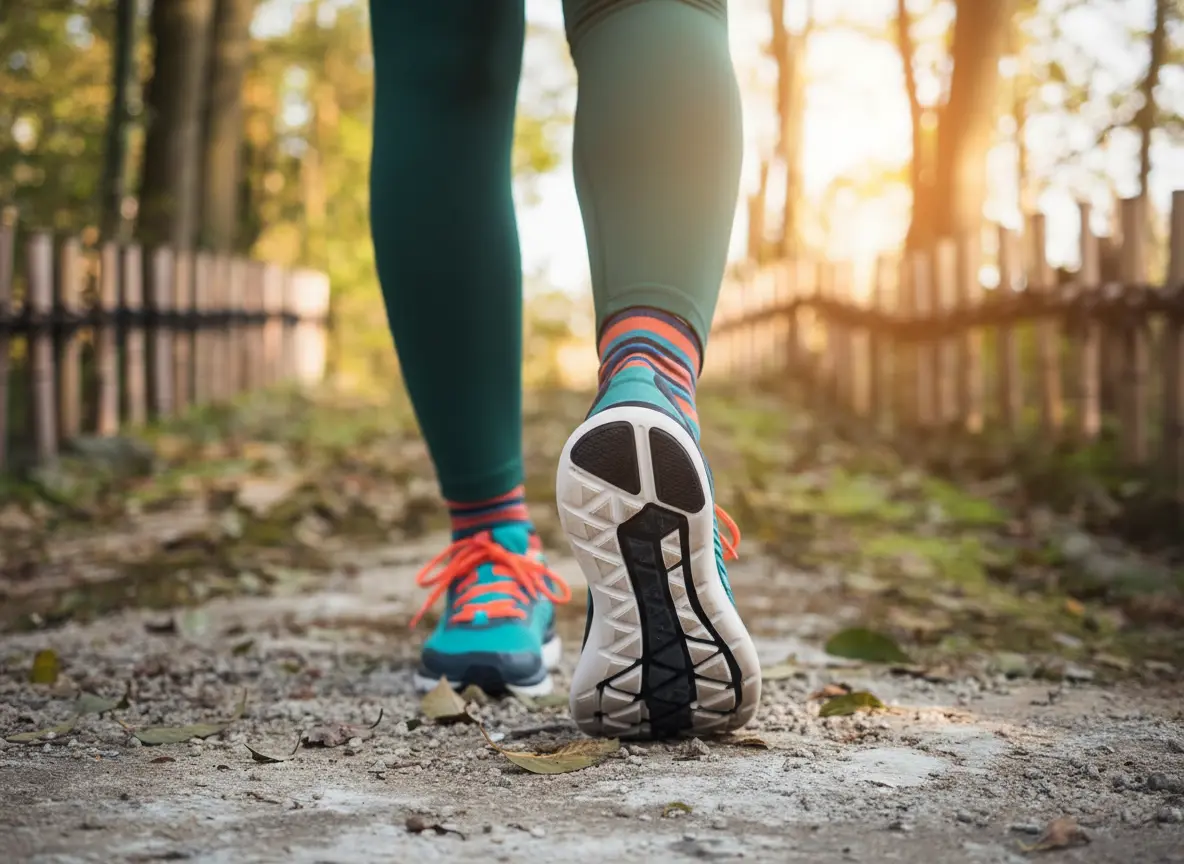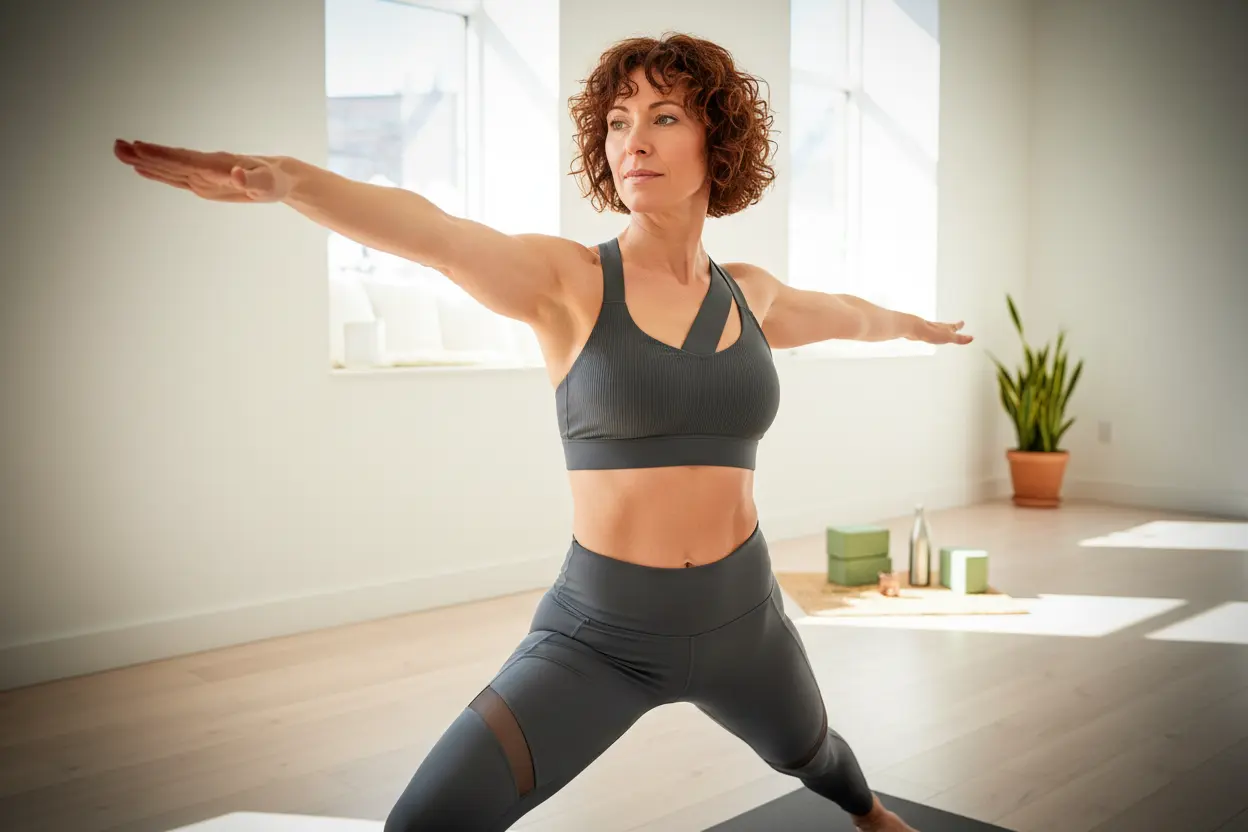If someone told you that the simple act of walking for one hour a day could set off a chain reaction of health benefits in your body, would you believe them? Spoiler alert: science and seasoned health professionals agree—it works! Whether you walk like you’re late for a train or meander like you’re window shopping, the daily walk is truly the unsung hero of well-being.
Why Walking Is at the Top of Nature’s Health Toolkit
- Walking is recommended by the Haute Autorité de Santé (HAS) as a key practice for lifelong physical activity, emphasizing its positive impact on health, fitness, and autonomy.
- Naturopath Gaëlle Kiersnowski highlights walking as an unbeatable choice: easy to maintain long-term, effective, and friendly for all ages.
- In naturopathy, physical activity (like walking) is one of the three pillars of health, standing proudly alongside nutrition and psycho-emotional balance.
So, if you ever worried that you need a gym membership or a fancy pair of leggings to get healthier, good news—you already own exactly what you need: your feet and a pinch of motivation!
How Much Should You Walk, and When Is Best?
- The golden rule: walk at least 30 minutes a day. If you’re feeling ambitious, aim for 1 hour—and if you’re chasing gold medals in longevity, even 1 hour 30 minutes brings bonus benefits.
- Don’t have a free hour? Break it into three sessions of 10 minutes each—your body doesn’t mind intervals!
- The best time to walk? Whenever it fits your life. Gaëlle Kiersnowski urges us to seize every opportunity to move.
- If you walk after eating, keep a gentle pace—digestion enjoys peace and quiet, not a brisk march! Avoid intense efforts right before bed, or you risk counting sheep a bit longer than planned.
What Actually Happens to Your Body When You Walk Every Day
No, you don’t sprout wings or leap tall buildings, but the health effects of one hour of walking daily are impressive. Here’s the lowdown:
- People who clock at least an hour a day reduce their risk of death significantly—by more than 30% for those reaching 1.5 hours a day vs. less active peers.
- Walking for at least an hour unlocks more energy, better sleep, and, if you time it well, potentially brighter mood and improved mental health.
- Mental sharpness gets a nudge, especially when you stroll in nature, ideally a forest or at least amongst some friendly trees—Mother Nature’s wellness center.
- Your body’s detox system gets a boost: movement increases blood and lymphatic flow, delivering oxygen and nutrients to your cells and whisking waste away. Voilà—internal spring cleaning!
- The metabolism and various organs (think liver, heart, pancreas) perk up, while your immune system rallies for even more support.
- Digestion likes a walk, too. And for the musculoskeletal crowd: muscles and tendons gain strength, joints hurt less, and bone health improves, as gentle impacts stimulate bone regeneration.
- Don’t forget weight and blood sugar—both central players in inflammation and many health issues. Walking helps manage these, serving as an invaluable tool to keep trouble at bay.
Walking Wisely: Doing It with Awareness and Comfort
The magic of walking amplifies when you tune in to your surroundings, body sensations, breathing, the feel of the ground, the sounds, and the landscape. Each step is a chance to connect with your environment—and yourself.
- Shoes matter: pick comfortable, well-fitting, flexible footwear, preferably closed with slip-resistant soles. (Fashion tip: Matching them to your water bottle is optional.)
- Hydrate before you leave. For strolls over 30 minutes, bring a bottle of water—your body will thank you for it.
- Focus on steady, regular practice rather than chasing records or speed. Your future self (and knees) will be grateful.
- Most importantly: listen to your body. Adjust your pace depending on how you feel each day. That’s not being lazy; it’s smart maintenance.
In summary: walking one hour a day is not only manageable, it’s a genuine jackpot for your health—improving energy, sleep, mood, and so much more, all while reducing health risks. The secret? Lace up, stay consistent, let your senses join in, and keep moving. Your body (and mind) will lead the standing ovation.

John is a curious mind who loves to write about diverse topics. Passionate about sharing his thoughts and perspectives, he enjoys sparking conversations and encouraging discovery. For him, every subject is an invitation to discuss and learn.






